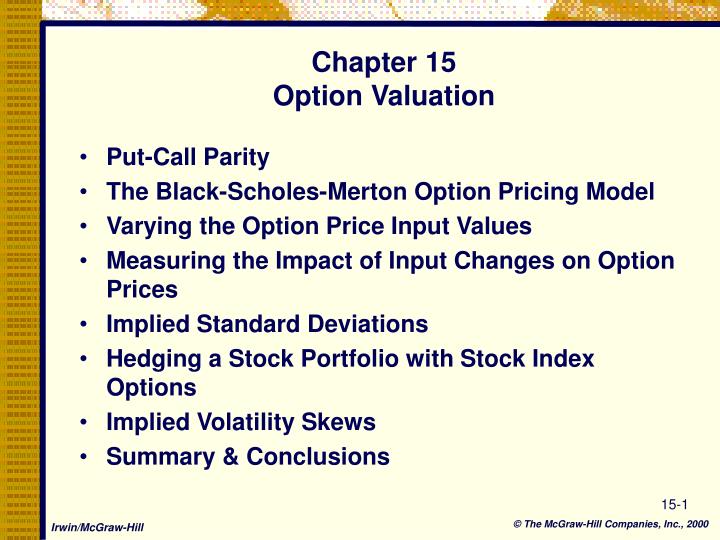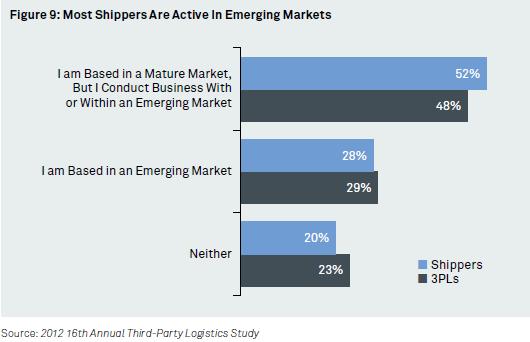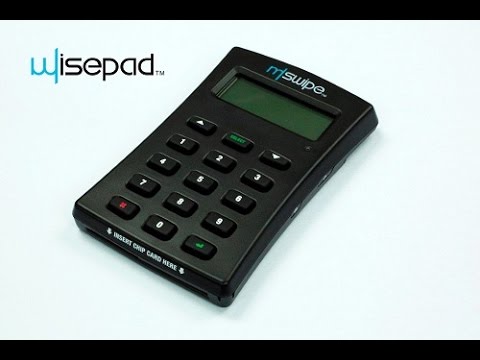Book Value Per Share BVPS: Definition, Formula, How to Calculate, and Example


Some investors go for the per-share approach, thereby dividing the shareholder’s equity by the number of outstanding shares, i.e. Market capitalisation is the product between the total number of outstanding shares of an organisation and its current market price. The price-to-book value ratio, also known as the price-equity ratio, is also derived from the book value of an organisation.

The answer is yes because the company can be punished/pushed unfairly by the market due to stated book value that may not represent the actual value of its assets. It may be a value trap rather than a value opportunity as companies’ assets can be treated differently in different industries. Book Value per share is calculated using historical costs, and unlike market value per share, it does not reflect the actual market value of the company’s share. The company might be substantially undervalued, and investors are not aware of its potential yet. Looking into the book value will also tell you about the company’s internal issues. If a company has faulty assets, then a significant part of earnings might get diluted in repairing and maintaining such assets.
This is the primary reason why investors prefer to look at the book value per share to avoid investing in undervalued or overvalued stock. Book Value Per Share or BVPS is used by investors to determine if a company’s stock price is undervalued compared to its market value per share. Alongside the company’s overall growth and possibilities, the market value also increases, the price investors are willing to pay for given common stocks. Book value per share is the figure calculated by dividing the equity available to the shareholders with the total number of outstanding shares. Nevertheless, most companies with expectations to grow and produce profits in the future will have a book value of equity per share lower than their current publicly traded market share price. Book Value Per Share refers to the per-share value of equity on an accrual accounting basis that belongs to the common shareholders of a company.
Similarly, a company’s net value of all its assets is divided by the number of its shares trading in the market. Moreover, book value per share or BVPS at any point of time elucidates the shareholders concerning the book value of share they are holding regardless of its market price. Based on that, they can gauge whether stock prices will go down or up in the future.
Before we proceed to understand the PE ratio, let us understand what “Earnings per Share” stands for. The valuation ratios help us develop a sense of how the market participants value the stock price. These ratios help us understand the attractiveness of the stock price from an investment perspective.
The Website reserves the right to withdraw, discontinue, modify, extend and suspend the Promotional Offer and the terms governing it, at its sole discretion. The Website reserves the right to discontinue or suspend, temporarily or permanently, the facilities. You agree that the Facilities Provider/ ABC Companies will not be liable to you in any manner whatsoever for any modification or discontinuance of the facilities. We may suspend the operation of this Website for support or maintenance work, in order to update the content or for any other reason. Further, the Facilities Provider cannot always foresee or anticipate technical or other difficulties.
Introducing Put-Call Ratio a Derivative Indicator in the Market
The current market price of the stock reflects the growth potential of the stock in contrast to its Book Value. Book value per share can be used in the relative valuation of companies. Price to Book value ratio which is also noted as P/B, Value of common stock of Company can be determined by using its book value per share or by the Company B’s price to book value ratio or the industry ratio. Market Capitalization → The market capitalization is calculated as the current share price multiplied by the total number of diluted shares outstanding.
- Investors might lack confidence in the company because of its inability to portray itself as per its book value.
- The P/E ratio indicates market participants’ willingness to pay for a stock, keeping the company’s earnings in perspective.
- If relevant, the value of preferred equity claims should also be subtracted out from the numerator, the book value of equity.
- The platform works exceptionally well for small businesses that are just getting started and have to figure out many things.
- If the book value per share gets increased, the stock becomes more valuable.
It can reduce liabilities using its profits; resultant, its common equity and book value per share will increase. One way to increase the book value per share is to repurchase or buy back common stocks from shareholders. For example, X ltd. generates INR 700,000 in earnings and uses INR 300,000 to purchase more assets, which will increase the common equity and raise the book value per share. In the stock market, book value per share is a benchmark that investors can use to analyse how a company’s stock is valued. We’ll assume the trading price in Year 0 was $20.00, and in Year 2, that the market share price increases to $26.00, which comes out to be a 30.0% year-over-year increase.
How is Price to Book Value Ratio Calculated?
As the company’s expected growth and profitability increase, the market value per share is expected to increase further. A company can use a portion of its earnings to buy assets that would increase common equity along with BVPS. Or, it could use its earnings to reduce liabilities, which would also result in an increase in its common equity and BVPS.
In simpler terms, a company’s total equity is the net difference between assets and total liabilities. However, the total equity is a total of common stock, additional paid-in capital, and retained earnings from which treasury stock is deducted. Let’s say that Company A has $12 million in stockholders’ equity, $2 million of preferred stock, and an average of 2,500,000 shares outstanding. You can use the formula for book value outlined above to help calculate the book value per share of the company.
A company can have financial problems while maintaining a good book value Ratio. Investors might lack confidence in the company because of its inability to portray itself as per its book value. Hence, one must always consider a variety of financial parameters before arriving at a conclusion. Companies have overstated value during the bullish market and understated value during the bearish market, and this change happens because of the market to market rules. The depreciation policies of the company are evidence of its transparency.
Post or transmit any file which contains viruses, worms, Trojan horses or any other contaminating or destructive features, or that otherwise interferes with the proper working of the Website or the facilities. We reserve the right to terminate access to this Website at any time and without notice. Further this limited book per share license terminates automatically, without notice to you, if you breach any of these Terms of Use. Upon termination, you must immediately destroy any downloaded and printed Materials. This Website may be linked to other websites on the World Wide Web that are not under the control of or maintained by ABCL.
Should you worry about book value per share as an investor?
As mentioned earlier, theprice to book ratiodetermines the relationship between the total value of a company’s outstanding shares and the net value of its assets, as reflected in the Balance Sheet. Value investors typically use the P/B ratio, amongst other metrics, to determine whether a company’s stocks are overvalued or undervalued. Value investing involves investors ferreting out those companies’ stocks that trade below their intrinsic value. The second part divides the shareholders’ equity available to equity stockholders by the number of common shares.
For example, intangible factors affect the value of a company’s shares and are left out when calculating the BVPS. BVPS is used mainly by stock investors to evaluate a company’s stock price. The calculated P/B Ratio is less than 1.0 which indicates that the stock may be undervalued. As a value investor, the P/B ratio can help to quickly assess if the company is currently undervalued and worth investing in. By performing a simple ratio analysis of the company, she can evaluate to see if the company is currently overvalued, or undervalued.
How is book value different from the market value?
For example if a company has made Rs.500 this year and it has 100 shares outstanding in the market then its current EPS is Rs.5 per share. Going forward if you believe the same company will make a profit of Rs.600 in the next financial year, then the ‘Forward EPS’ will be Rs.6 per share. EPS, or earnings per share, measures net income as a percentage of a company’s outstanding shares. Stockholders’ equity is represented by book value per share, which may be seen at the top of this page. In contrast to book value per share, enterprise value considers the market value of a company’s stock as well as its debt.
About Book Value Per Share Calculator
A P/B ratio of less than 3.0 can be a good P/B ratio for companies with a lot of intangible assets such as companies in the IT industry. Many great companies can have a high P/B simply because the intangible assets of these companies are not included in the calculation. A high P/B ratio of more than 3.0 means the stock price is selling above the book value of the company. A P/B ratio of 1 to 3 means the stock price is selling at around the book value of the company. A Low P/B ratio of less than 1.0 means the stock price is selling below the book value of the company. You can generally get these numbers from the balance sheet found in the annual financial report provided by the company.
If you divide the current market price with EPS, we get the Price to Earnings ratio. The P/E ratio measures the market participants’ willingness to pay for the stock, for every rupee of profit that the company generates. For example, if the P/E of a certain firm is 15, it simply means that the company earns the market participants for every unit of profit the company earns, the market participants are willing to pay 15 times. Moving ahead, if we divide the stock’s current market price by the book value per share, we will get the price to the firm’s book value. The P/BV indicates how many times the stock is trading over and above the firm’s book value.

